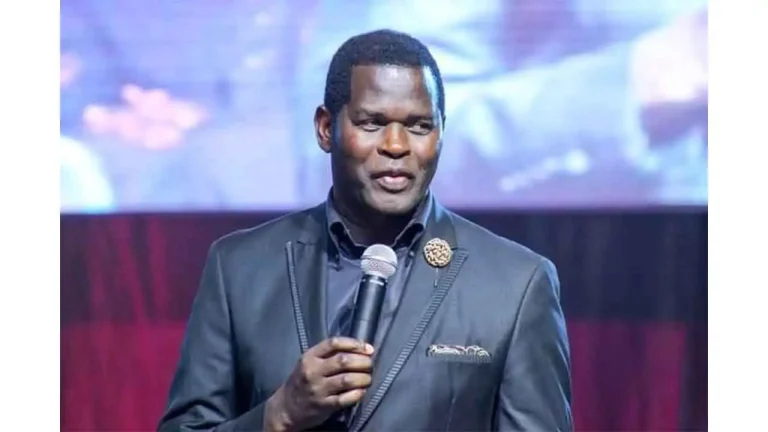13 Best Traditional Clothing of Asia

Traditional Clothing of Asia
A continent rich in cultural diversity, the traditional clothing of Asia holds great significance and is representative of the customs and traditions of various regions. From the vibrant kimono of Japan to the elegant Hanfu of China, each traditional dress carries its unique charm.
The kimono, a traditional Japanese garment, is known for its exquisite craftsmanship and intricate designs. Made from silk or other luxurious fabrics, the kimono is often adorned with beautiful patterns, such as cherry blossoms or cranes, which symbolize different meanings. It is considered a symbol of grace and elegance and is worn on special occasions like weddings and festivals.
Similarly, the Hanfu, a traditional dress of China, is characterized by its flowing silhouette and timeless beauty. With its wide sleeves and loose fit, the Hanfu isn’t only a symbol of traditional Chinese fashion but also represents the rich cultural heritage of the country. These are just a few examples of the many remarkable traditional dresses found in Asia, each reflecting the unique history and traditions of its respective region.
01 – Kimono Style From Japan
The kimono is a traditional garment that holds great cultural significance in Japan. It is characterized by its straight, T-shaped silhouette, long sleeves, and wide sash known as an obi. Made from luxurious fabrics like silk, the kimono is a symbol of elegance and refinement.
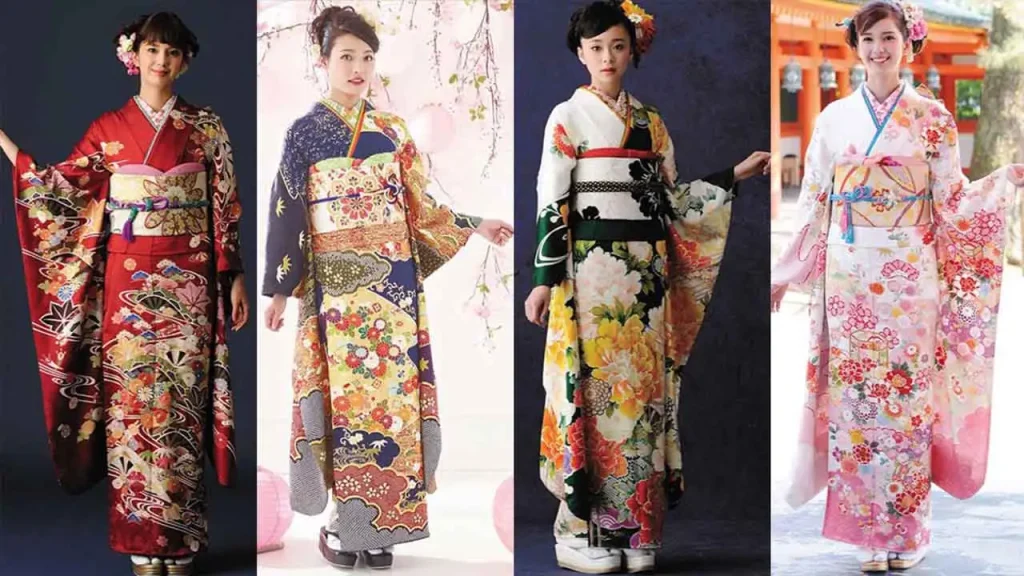
In the past, the kimono has evolved to reflect different eras and social statuses. The design and patterns of the kimono often convey specific meanings and messages. For example, kimonos adorned with floral motifs are typically worn during spring festivals, while those featuring more subdued colors and patterns are suitable for somber occasions.
Today, the kimono continues to be worn on special occasions such as weddings, tea ceremonies, and traditional celebrations, in small towns in Japan’s rich cultural heritage.
02 – Deel Cuture Dress of Mongolia
The Deel is a traditional dress worn in Mongolia. It is a symbol of the Mongolian culture and heritage. Made from luxurious fabrics such as silk or velvet, the Deel is known for its vibrant colors and intricate designs. The dress typically consists of a long, loose-fitting robe with wide sleeves and a high collar. It is often adorned with beautiful embroidery and decorative patterns, showcasing the craftsmanship of the Mongolian people. The Deel isn’t just a piece of clothing; it is a reflection of the proud traditions and values of the Mongolian people.
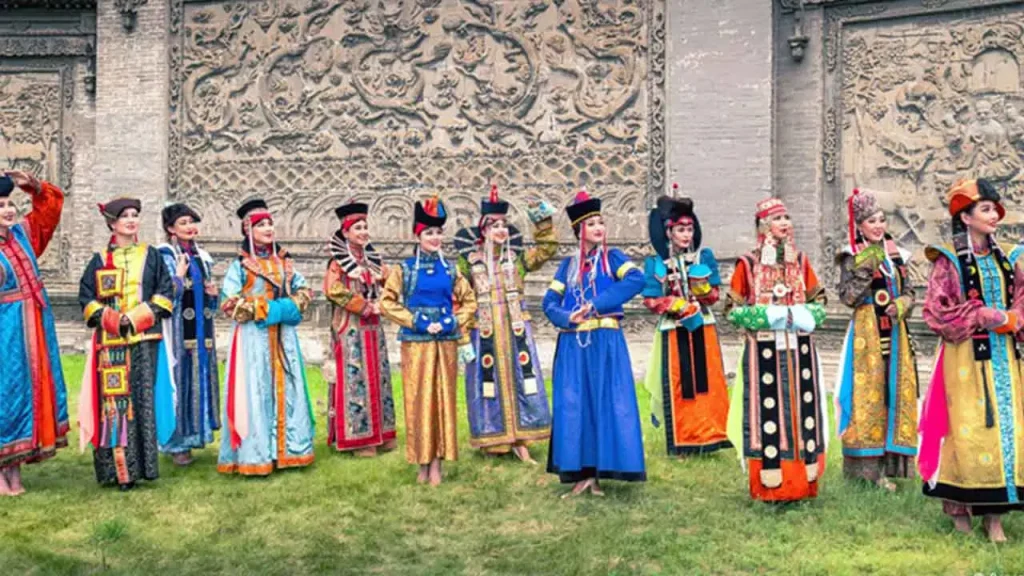
In addition to its aesthetic appeal, the Deel is also practical and functional. Its loose-fitting design allows for ease of movement, making it suitable for the nomadic lifestyle of the Mongolian herders. The high collar protects the harsh Mongolian climate, shielding the wearer from the biting winds and extreme temperatures. The Deel isn’t only worn for special occasions or cultural ceremonies but is also worn daily by many Mongolians as a way to preserve their cultural identity and connect with their roots. This traditional dress stands as a testament to the rich history and enduring traditions of Mongolia.
03 – Gho and Kira from Bhutan
The traditional dresses of Bhutan, known as Gho and Kira, hold a significant place in the country’s culture and identity. The Gho is the traditional attire worn by Bhutanese men, while the Kira is the traditional attire for women. Both these garments are meticulously designed and showcase the rich cultural heritage of Bhutan.
The Gho is a knee-length robe that is wrapped and secured at the waist with a woven belt known as a Kera. It is accompanied by a tucked shirt called a Wonju and a knee-length jacket called a Tego. The Gho is typically made from woven silk or cotton fabric, adorned with intricate patterns and vibrant colors. It is worn with knee-high socks and leather shoes.
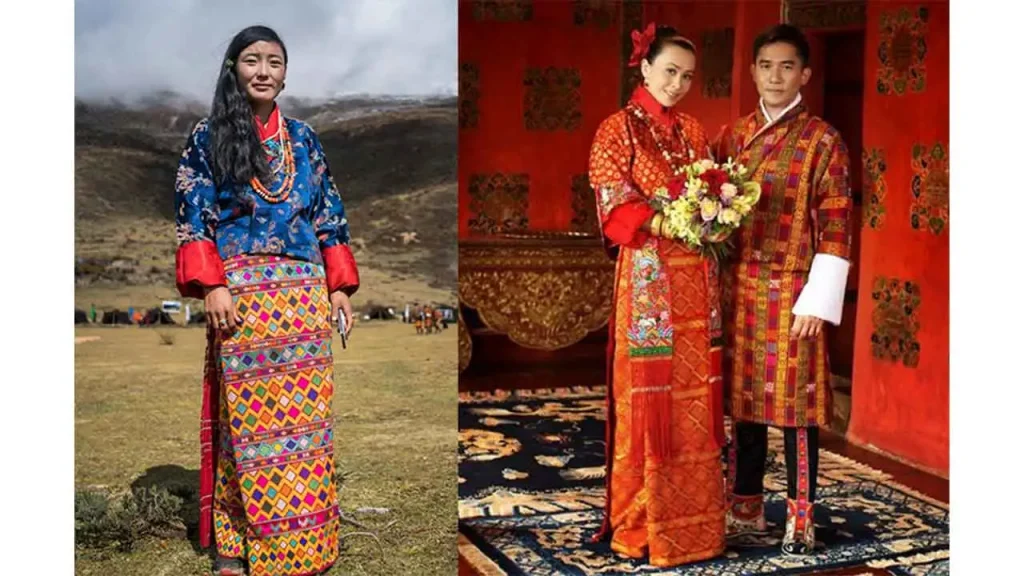
The Kira, on the other hand, is an ankle-length dress that consists of a long-sleeved blouse and a wraparound skirt. The Kira is often made from hand-woven textiles, featuring captivating motifs and bold hues. To complete the traditional attire, women wear a short jacket called a Toego and a colorful cloth belt called a Kera. Both the Gho and Kira reflect the elegance and grace of Bhutanese culture, and their distinctive design makes them stand out among other traditional dresses in Asia.
04 – Hanfu Style of China
The Hanfu, a traditional Chinese attire, is known for its elegance and rich cultural heritage. This attire is characterized by its loose-fitting garments and intricate designs, which reflect the traditional values and aesthetics of China. The Hanfu is worn for special occasions, such as weddings, festivals, and important ceremonies, where it symbolizes the wearer’s cultural identity and pride.
The Hanfu consists of various components, including the ruqun, a 2-piece outfit comprising the upper garment called the dahu and the lower garment called the skirt. The dahu is usually adorned with intricate embroideries and a wide belt, while the skirt is long and flowing, creating a graceful silhouette.
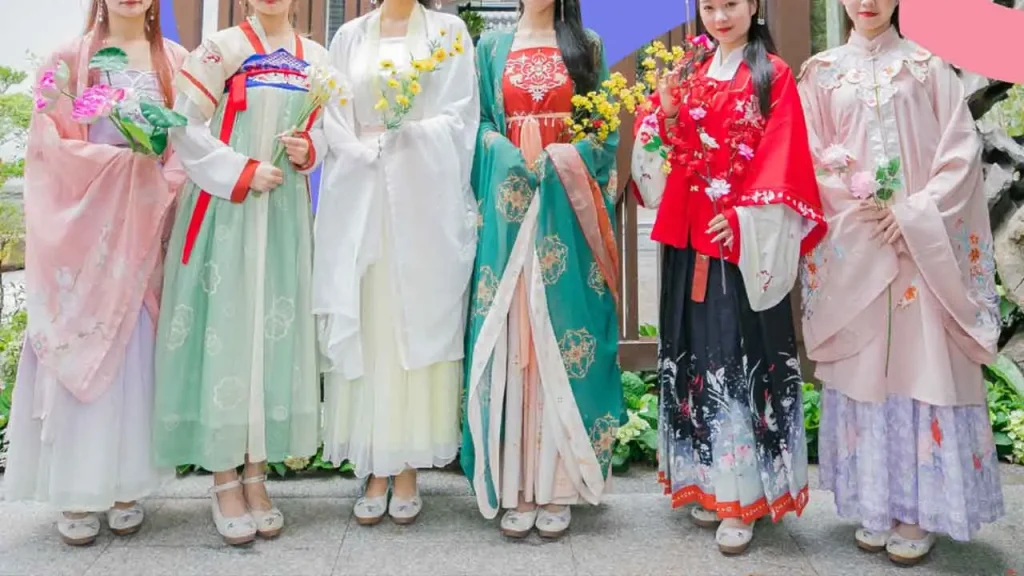
Additionally, accessories like hairpieces, jewelry, and traditional shoes such as the Zhan Xiang and the Hezi complete the look, adding an extra touch of elegance and authenticity to the Hanfu attire. With its timeless beauty and historical significance, the Hanfu continues to be an important part of Chinese cultural heritage, representing the nation’s rich history and traditions.
05 – Chut Thai Culture Style of Thailand
Chut Thai, the traditional dress of Thailand, is a beautiful and elegant ensemble that reflects the rich cultural heritage of the country. This attire is characterized by its intricate designs, vibrant colors, and meticulous detailing. Chut Thai consists of multiple components, including a blouse, skirt, sash, and accessories, all of which come together to create a visually stunning look.
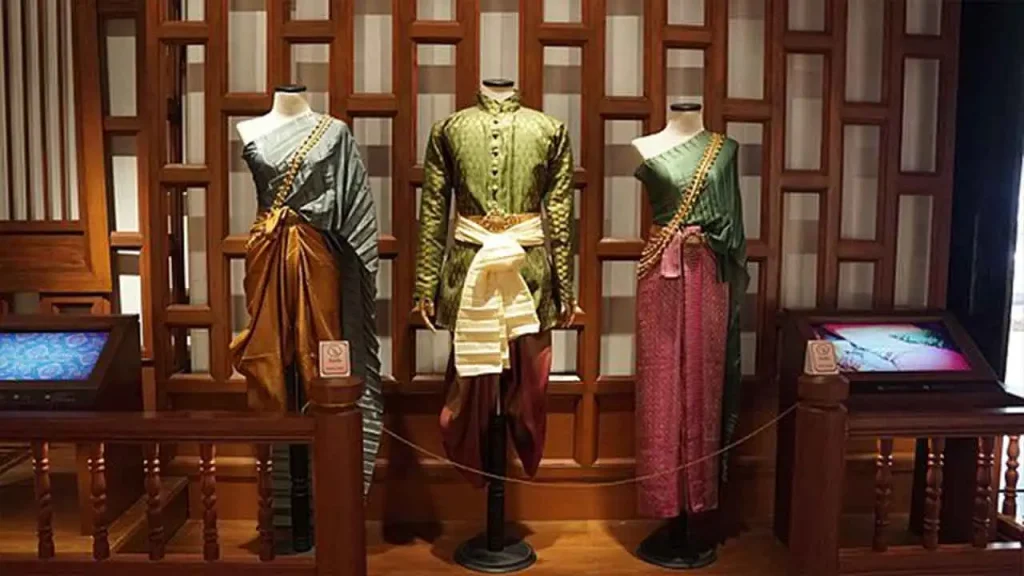
The blouse, known as “Sabai,” is typically made from silk and adorned with intricate embroidery or beadwork. It features a high collar and long sleeves, giving it a regal and sophisticated appearance. The skirt, called “Pha Nung” or “Pha Chung Hang,” is a wraparound garment that is secured at the waist with a matching sash, known as “Sabai.”
The skirt is often made from silk or cotton and features traditional Thai motifs and patterns. To complete the ensemble, women often adorn themselves with accessories such as gold jewelry, hair ornaments, and hand-held fans, adding an extra touch of elegance. Chut Thai isn’t only a symbol of Thai identity but also a source of pride and admiration for its exquisite craftsmanship and attention to detail.
06 – Baju Kurung Tradition Clothing of Asia (Malaysia)
Baju Kurung is a traditional dress worn by women in Malaysia. It is known for its elegant and modest design, making it a popular choice for various occasions. The word “Baju” means dress or clothes in Malay, while “Kurung” refers to the loose-fitting blouse and long skirt that make up the outfit.
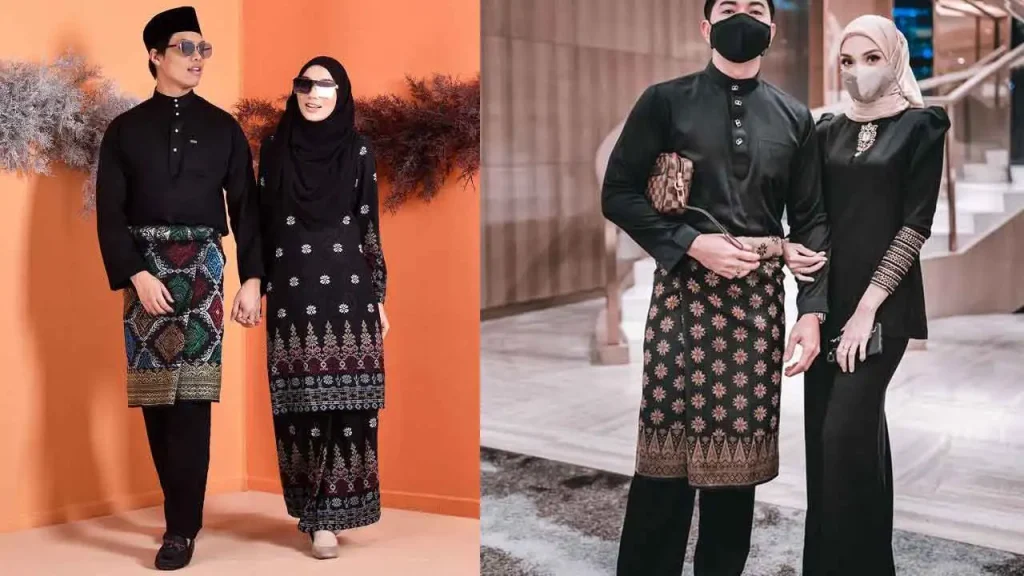
The Baju Kurung typically features intricate patterns and vibrant colors, reflecting the cultural diversity of Malaysia. It is often made from lightweight and breathable fabrics such as cotton or silk, ensuring comfort in the country’s tropical climate. The dress is usually paired with a matching headscarf, known as tudung, to complete the modest and sophisticated look. Whether attending a formal event or simply going about daily activities, women in Malaysia proudly wear the Baju Kurung, embracing their cultural heritage with style and grace.
07 – Daura Suruwal and Gunyo Cholo, Nepal
The Daura Suruwal is a male garment that consists of a knee-length shirt, known as the Daura, and a loose trouser-like garment, known as the Suruwal. The Daura is a unique shirt with eight strings, or Dhagas, that are tied especially, symbolizing unity and integrity. The Suruwal, on the other hand, is a comfortable, loose-fitting trouser that allows for ease of movement.
Both garments are typically made from cotton or silk fabric adorned with intricate patterns and designs, showcasing the craftsmanship and artistic abilities of the Nepalese people.
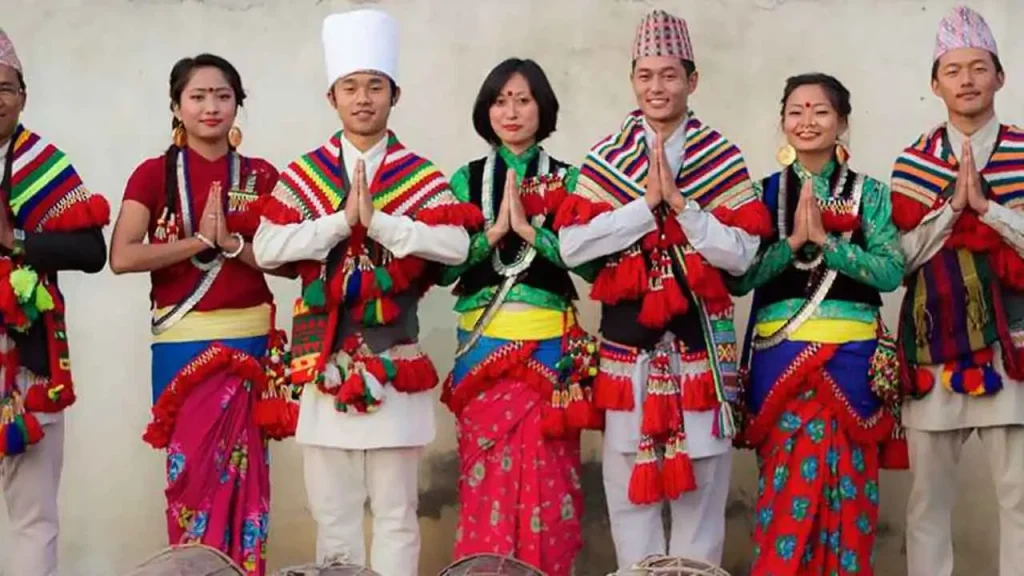
Daura Suruwal and Gunyo Cholo are the traditional attire of the country of Nepal. Nepalese people take pride in wearing these traditional outfits during special occasions, cultural events, and national festivals.
The female counterpart to the Daura Suruwal is the Gunyo Cholo, which is a 2-piece attire consisting of a blouse, known as the Cholo, and a wraparound skirt, known as the Gunyo. The Cholo is a fitted blouse with short sleeves, while the Gunyo is a long, flowing skirt that is wrapped around the waist and secured with a belt. Similar to the Daura Suruwal, the Gunyo Cholo is also made from colorful fabrics with beautiful embroideries and patterns, making it a visually appealing and cherished traditional attire in Nepal.
These traditional garments hold immense cultural and historical significance in Nepal, representing the rich cultural heritage of the Nepalese people. Wearing the Daura Suruwal and Gunyo Cholo isn’t only a cultural expression but also a symbol of national identity, unity, and pride.
08 – Kebaya Traditional Style of Indonesia
The kebaya is a traditional blouse worn by women in Indonesia. It is often paired with a sarong or batik skirt, creating a graceful and elegant ensemble. The kebaya is known for its intricate lacework and embroidered details, which showcase the skill and craftsmanship of Indonesian artisans.
This traditional attire isn’t only worn for special occasions, such as weddings or cultural ceremonies, but also as a daily outfit in some parts of the country. The kebaya is a symbol of Indonesian heritage and is a testament to the rich cultural diversity found within the archipelago.
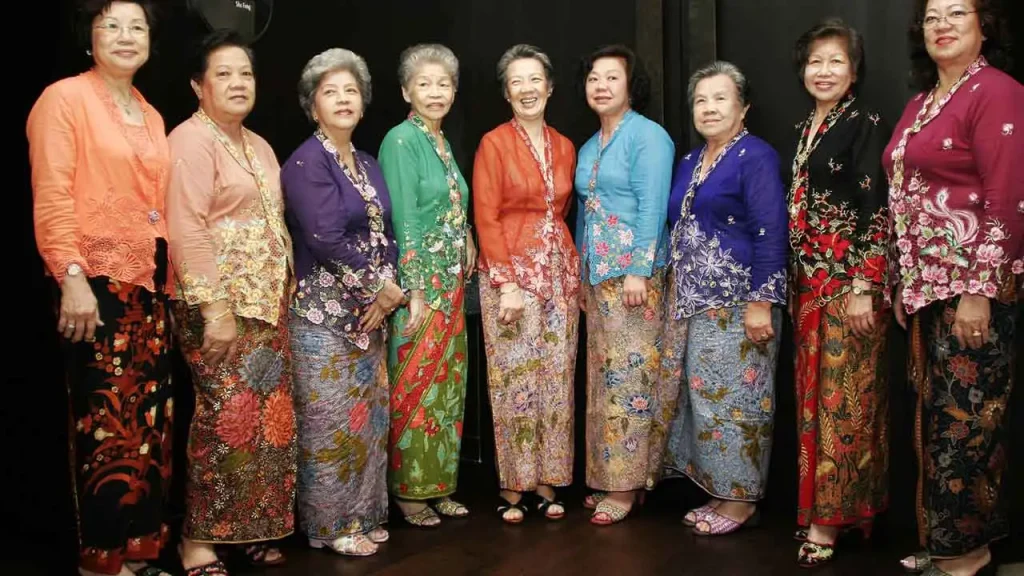
The kebaya has evolved, adapting to the changing fashion trends while still retaining its traditional essence. The modern kebaya often features vibrant colors, bold patterns, and contemporary silhouettes, reflecting the fusion of traditional and modern influences in Indonesian fashion. The kebaya isn’t only worn by Indonesian women, but it has also gained popularity among international fashion enthusiasts who are drawn to its timeless beauty and unique design.
09 – Hanbok Style of Korea
Hanbok, the traditional attire of Korea, is a symbol of the country’s rich cultural heritage. This exquisite outfit, known for its vibrant colors and graceful design, has been worn by Koreans for centuries. The hanbok consists of a blouse called Jeogori and a long, full skirt known as chima. These garments are often made from luxurious silk and adorned with intricate embroidery, adding a touch of elegance to the overall look.
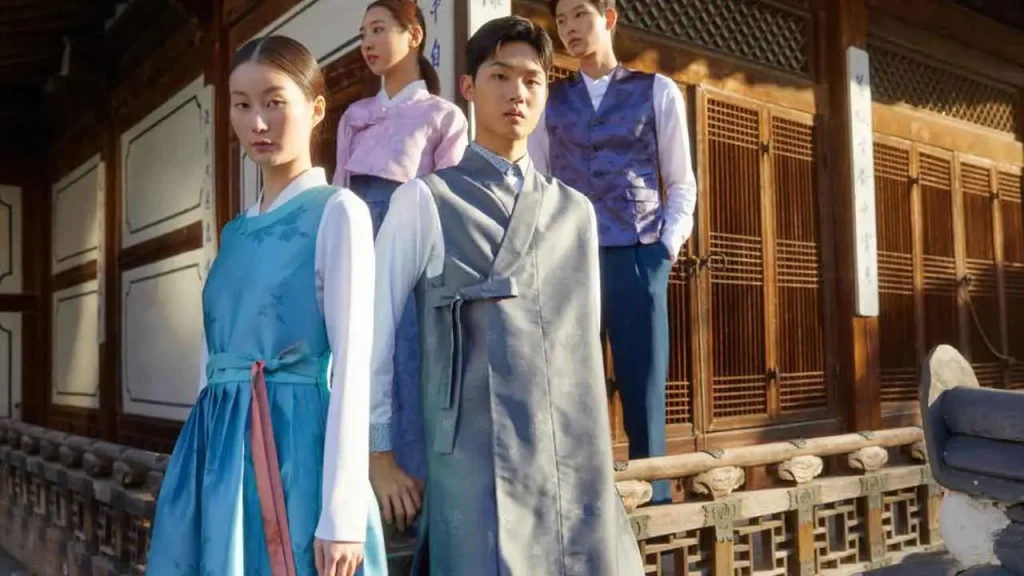
The hanbok isn’t just a piece of clothing; it carries deep cultural significance. In the past, it was worn by both men and women and was an integral part of various ceremonies and celebrations. Today, it is mostly worn on special occasions such as weddings, birthdays, and traditional festivals. The hanbok embodies the beauty and grace of Korean culture, reflecting the harmony between nature and humanity that is deeply rooted in Korean traditions.
10 – Ao Dai Culture Dress of Vietnam
The Ao Dai is a traditional dress in Vietnam that exudes elegance and femininity. This figure-hugging outfit consists of a long-sleeved tunic worn over wide-legged pants, creating a unique silhouette that highlights the curves of the wearer. Made with luxurious fabrics such as silk or brocade, the Ao Dai is often adorned with intricate embroidery, beading, or colorful patterns, showcasing the artistry and craftsmanship of Vietnamese culture.
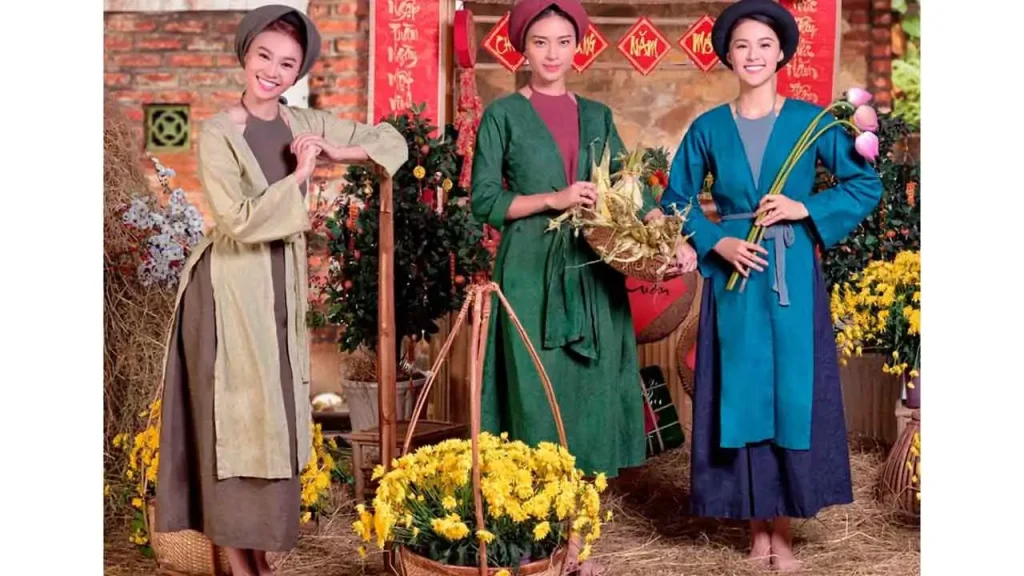
The Ao Dai holds significant cultural and historical value in Vietnam and is commonly worn on special occasions such as weddings, festivals, or important ceremonies. It reflects the grace and modesty cherished in Vietnamese society. Despite its classical roots, the Ao Dai has evolved, with modern variations featuring different necklines, and sleeve lengths, and even incorporating contemporary prints. Embraced by both young and old, the Ao Dai continues to be a symbol of national pride and identity in Vietnam.
11 – Chapan, Kazakhstan
The Chapan is a traditional coat worn in Kazakhstan, known for its unique design and intricate embroidery work. Made from thick cotton or wool fabric, the Chapan features a loose and flowing silhouette that provides warmth during the harsh winter months in the region.
The embroidery on the Chapan often includes floral patterns and geometric motifs, showcasing the skilled craftsmanship of the Kazakh artisans. This traditional garment is typically worn by both men and women, reflecting the cultural significance and practicality of the Chapan in Kazakh society.

The intricate embroidery on the Chapan tells stories and legends of the past, showcasing the cultural values and traditions that have been passed down through generations. Today, the Chapan is still worn for special occasions such as weddings and festivals, preserving the cultural heritage and traditions of Kazakhstan.
12- Myanmar – Thummt & Longyi
In Myanmar, a country rich in cultural heritage, the traditional dress known as Thummy and Longyi holds a significant place. The Thummy is a traditional top worn by both men and women. It is typically made of silk or cotton and is adorned with intricate patterns and vibrant colors. The Thummy is usually paired with a Longyi, a wrap-around skirt that is worn as the lower garment. The Longyi is made from various types of fabric, such as cotton or silk, and is available in a wide array of colors and patterns.

Wearing Thummy and Longyi isn’t purely a fashion statement in Myanmar; it is also a symbol of cultural identity and tradition. The dress reflects the country’s deep-rooted cultural values, as well as its respect for modesty and propriety. Both men and women take pride in wearing Thummy and Longyi during important occasions, such as festivals, weddings, and ceremonies. The traditional attire showcases Myanmar’s rich artistic heritage and represents the country’s commitment to preserving its cultural roots in the face of modernization.
13 – Pakistan – Salwar Kameez & Sherwani
The traditional attire of Pakistan includes the salwar kameez and sherwani, which are significant cultural symbols of the country. The salwar kameez consists of loose-fitting trousers (salwar) and a long tunic (kameez). This ensemble is typically worn by both men and women, with slight variations in style and design. The salwar kameez is known as a national dress and is also known for its comfort and versatility, making it a popular choice for daily wear as well as special occasions.

On the other hand, the sherwani is a traditional men’s garment that is typically worn for formal events and weddings. This regal attire is characterized by its long, tailored coat with intricate embroidery, often paired with a matching turban or a traditional cap. The sherwani exudes elegance and sophistication, reflecting the rich cultural heritage of Pakistan. It is often complemented with accessories such as a waistcoat, kurta, and churidar, further enhancing its grandeur.
Both the salwar kameez and sherwani are important elements of Pakistani fashion and are cherished for their traditional aesthetics. These garments serve as a representation of the country’s rich history and cultural values, reflecting the pride and identity of the Pakistani people. The intricate craftsmanship, vibrant colors, and fine detailing make the salwar kameez and sherwani embody elegance and grace in Pakistan’s fashion landscape.






